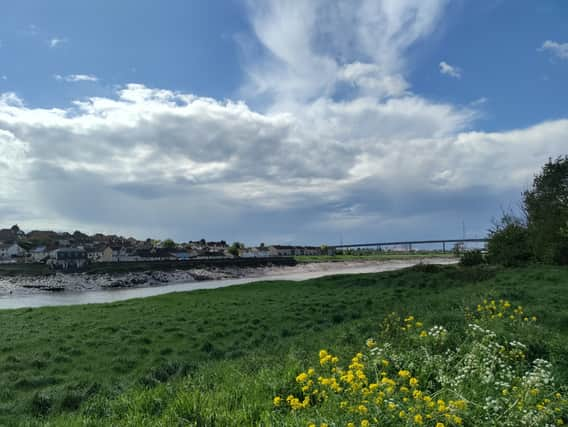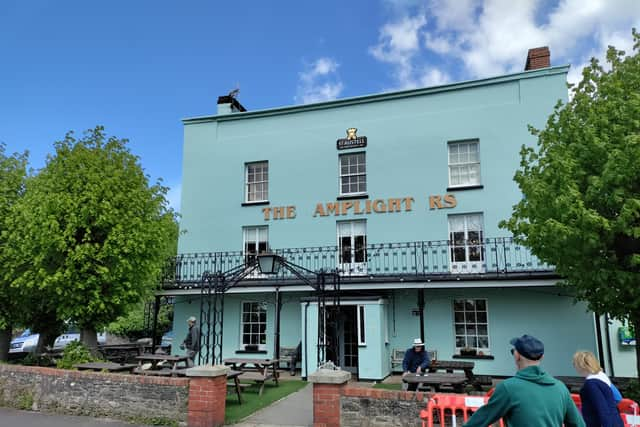The beautiful river bank with a pub in Bristol which was once a weekend ‘country’ retreat for the wealthy


With the peace of the empty muddy bank of the River Avon and just a few dog walkers around, it’s hard to imagine this area being anything but a sleepy riverside plain with a large pub.
But in fact, the Lamplighters area, a sliver of Shirehampton bordered by the river and the Severn Beach railway line, was once a ‘fashionable weekend resort when the mercantile and trading class indulged their taste for the country’, according to a 1979 walking guide book of Bristol.
And the area was the home for many people who were self-employed pilots; sailors with small boats who safely guided large trading ships up to the City Docks.
At the very centre of the small community was the Lamplighters Public House, as it is today. The pub dates back to 1772 when it was owned by Joseph Swetman, a tin man who worked in Small Street in Bristol.
He built the pub from the profits he had made when contracting light oil lamps in some parts of the city - and so it was nicknamed ‘Lamplighter’s Hall’. Today, the pub, although missing an ‘L’ from its front sign, is popular.
Four years ago it was taken over by Cornwall-based brewery St Austell. Unlike 200 years ago when it would have been filled with pilots and weekend tourists, these days it is mostly popular with riverside walkers and cyclists.


Outside of the front of the pub you can see the creek in the river where a ferry crossed to Crockerne Pill until about 30 years ago. The site was also the landing spot for King William of Orange on his way to Kings Weston House after the Battle of the Boyne in 1690.
There’s also a good play area nearby, featuring play ship climbing frames, areas of play sand and a roundabout. And then there is the surrounding nature reserve called Lamplighter’s Marsh which is about 1km long and a home to much wildlife.
Best way to get to the Lamplighters area is on the train to Shirehampton railway station, or you can drive or cycle along the Portway to reach it.
The crowds of tourists may have long gone, but this sliver of flood plain on the outskirts of Bristol is worth a visit.
